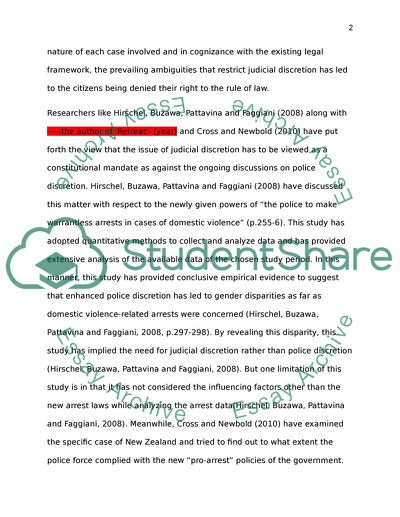Cite this document
(“Meta-Analysis: Discretion in Criminal Justice System Research Paper”, n.d.)
Meta-Analysis: Discretion in Criminal Justice System Research Paper. Retrieved from https://studentshare.org/law/1781386-meta-analysis-discretion-in-criminal-justice-system
Meta-Analysis: Discretion in Criminal Justice System Research Paper. Retrieved from https://studentshare.org/law/1781386-meta-analysis-discretion-in-criminal-justice-system
(Meta-Analysis: Discretion in Criminal Justice System Research Paper)
Meta-Analysis: Discretion in Criminal Justice System Research Paper. https://studentshare.org/law/1781386-meta-analysis-discretion-in-criminal-justice-system.
Meta-Analysis: Discretion in Criminal Justice System Research Paper. https://studentshare.org/law/1781386-meta-analysis-discretion-in-criminal-justice-system.
“Meta-Analysis: Discretion in Criminal Justice System Research Paper”, n.d. https://studentshare.org/law/1781386-meta-analysis-discretion-in-criminal-justice-system.


